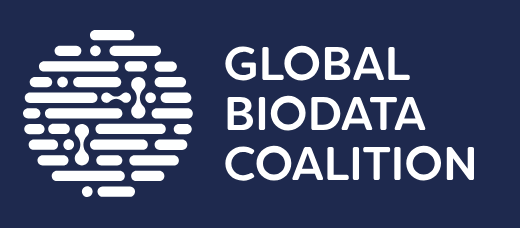The name of this superfamily has been modified since the most recent official CATH+ release (v4_2_0). At the point of the last release, this superfamily was named:
"P-loop containing nucleotide triphosphate hydrolases
".
FunFam 634767: General secretion pathway protein
Please note: GO annotations are assigned to the full protein sequence rather than individual protein domains. Since a given protein can contain multiple domains, it is possible that some of the annotations below come from additional domains that occur in the same protein, but have been classified elsewhere in CATH.
There are 1 GO terms relating to "molecular function"
The search results have been sorted with the annotations that are found most frequently at the top of the
list. The results can be filtered by typing text into the search box at the top of the table.
| GO Term | Annotations | Evidence |
|---|---|---|
|
Protein transporter activity GO:0008565
Enables the directed movement of proteins into, out of or within a cell, or between cells.
|
1 | Q60CP4 (/ISS) |
There are 4 GO terms relating to "biological process"
The search results have been sorted with the annotations that are found most frequently at the top of the
list. The results can be filtered by typing text into the search box at the top of the table.
| GO Term | Annotations | Evidence |
|---|---|---|
|
Pilus assembly GO:0009297
The assembly of a pilus, a short filamentous structure on a bacterial cell, flagella-like in structure and generally present in many copies. Pili are variously involved in transfer of nucleic acids, adherence to surfaces, and formation of pellicles. Is required for bacterial conjugation, or can play a role in adherence to surfaces (when it is called a fimbrium), and in the formation of pellicles.
|
2 | Q56674 (/ISS) Q8E9Z8 (/ISS) |
|
Pathogenesis GO:0009405
The set of specific processes that generate the ability of an organism to induce an abnormal, generally detrimental state in another organism.
|
2 | Q56674 (/ISS) Q8E9Z8 (/ISS) |
|
Protein secretion GO:0009306
The controlled release of proteins from a cell.
|
1 | Q9KPC7 (/ISS) |
|
Protein secretion by the type II secretion system GO:0015628
The process in which proteins are secreted across the outer membrane of Gram-negative bacteria by the type II secretion system. Proteins using this pathway are first translocated across the cytoplasmic membrane via the Sec or Tat pathways.
|
1 | Q60CP4 (/ISS) |
There are 1 GO terms relating to "cellular component"
The search results have been sorted with the annotations that are found most frequently at the top of the
list. The results can be filtered by typing text into the search box at the top of the table.
| GO Term | Annotations | Evidence |
|---|---|---|
|
Type II protein secretion system complex GO:0015627
A large protein complex, containing 12-15 subunits, that spans the cell envelope of Gram-negative bacteria and mediates the movement of proteins into the extracellular environment. The complex includes a component in the cytoplasm, an inner membrane subcomplex that reaches into the periplasmic compartment and a secretion pore in the outer membrane. Proteins using the Type II pathway are transported across the cytoplasmic membrane by the Sec or Tat complex.
|
1 | Q60CP4 (/ISS) |
